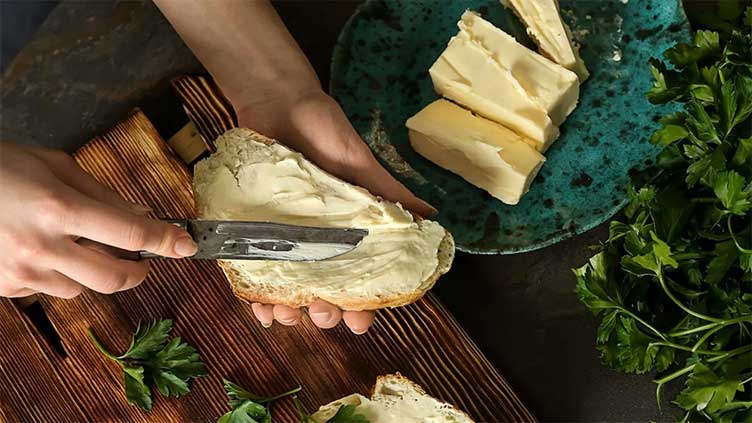Bill Gates-backed startup makes butter out of thin air

Technology
It uses chemistry to add hydrogen, oxygen molecules to CO2 and make fats like butter, milk
(Web Desk) - A Bill Gates-backed startup may have cracked the biggest puzzle of the food industry—how to make good-tasting food without harming the planet.
California-based Savor is using carbon dioxide from the air and turning it into butter right in the lab, and that’s just one of the many other fat-based products it can make.
The livestock industry contributes 14.5 percent of global greenhouse emissions. With a burgeoning population, demand for animal-based products is only expected to rise, warming the planet further.
In recent years, plant-based alternatives have arrived in the markets. However, the products do not resemble the texture and taste of animal-derived products.
Moreover, using palm oil in these products is also a cause of concern, with the palm oil industry engaging in heavy deforestation in various parts of the world.
This is why Savor’s premise sounds so good.
HOW DOES SAVOR DO IT?
The Californian startup has gone to the basics of chemistry to build its product. According to its website, like any molecule, fat also has a fixed chemical formula. It uses carbon dioxide as a starting point to build fat molecules using heat and hydrogen.
Fats and oils are made from chain-like arrangements of carbon, hydrogen, and oxygen, and Savor’s technology helps combine these elements in an animal-free manner.
According to a paper published in 2023, chemical synthesis of dietary fats using such an approach can be achieved with emissions of less than 0.8 g CO2 equivalent per kilogram.
Similarly, palm oil produced in Brazil or Indonesia emits more than 1.5 g CO2 equivalent per kg.
GOING BEYOND BUTTER
Savor is confident that its technology can be used to make butter and multiple other animal-derived fats, such as milk and cheese. The company also plans to use this approach to make ice cream and edible oils.


